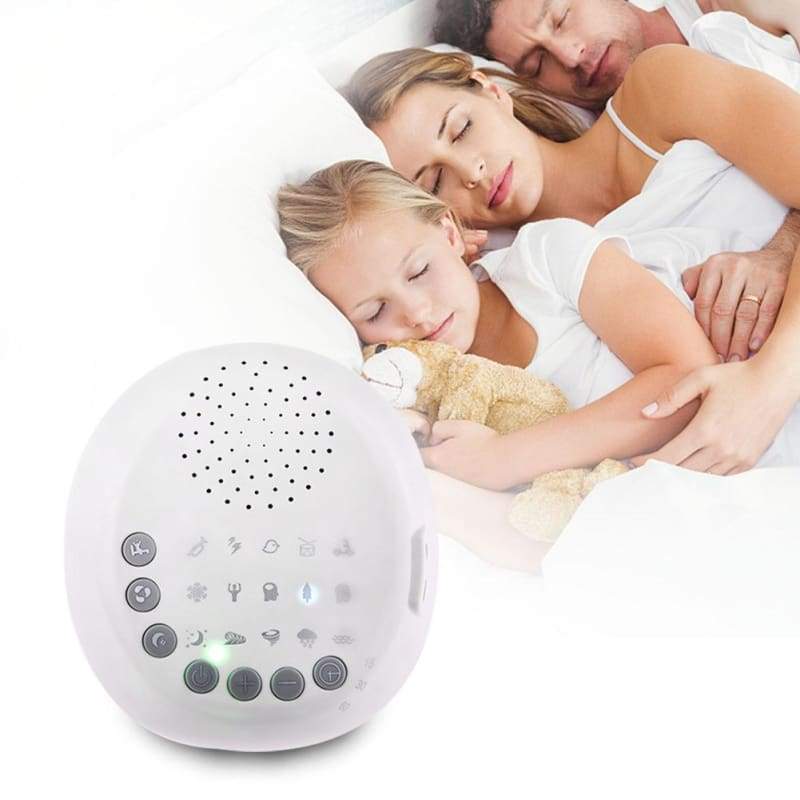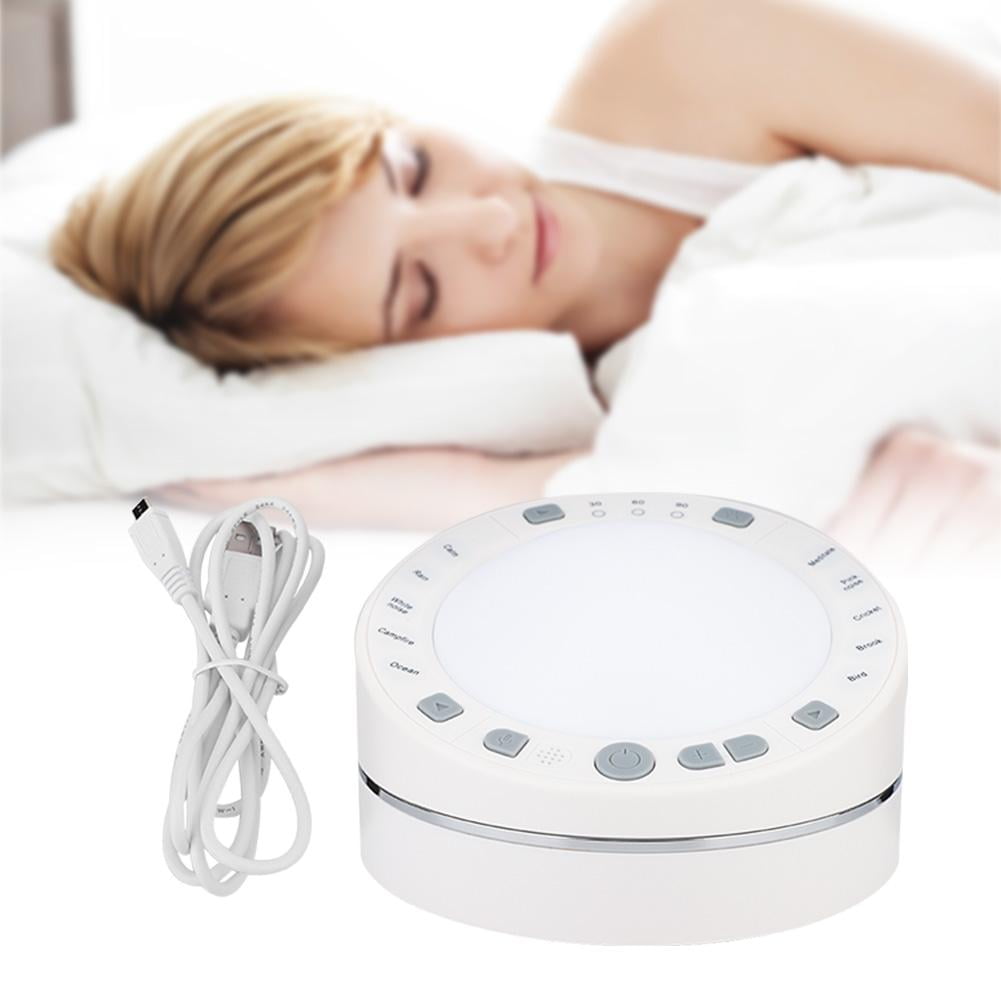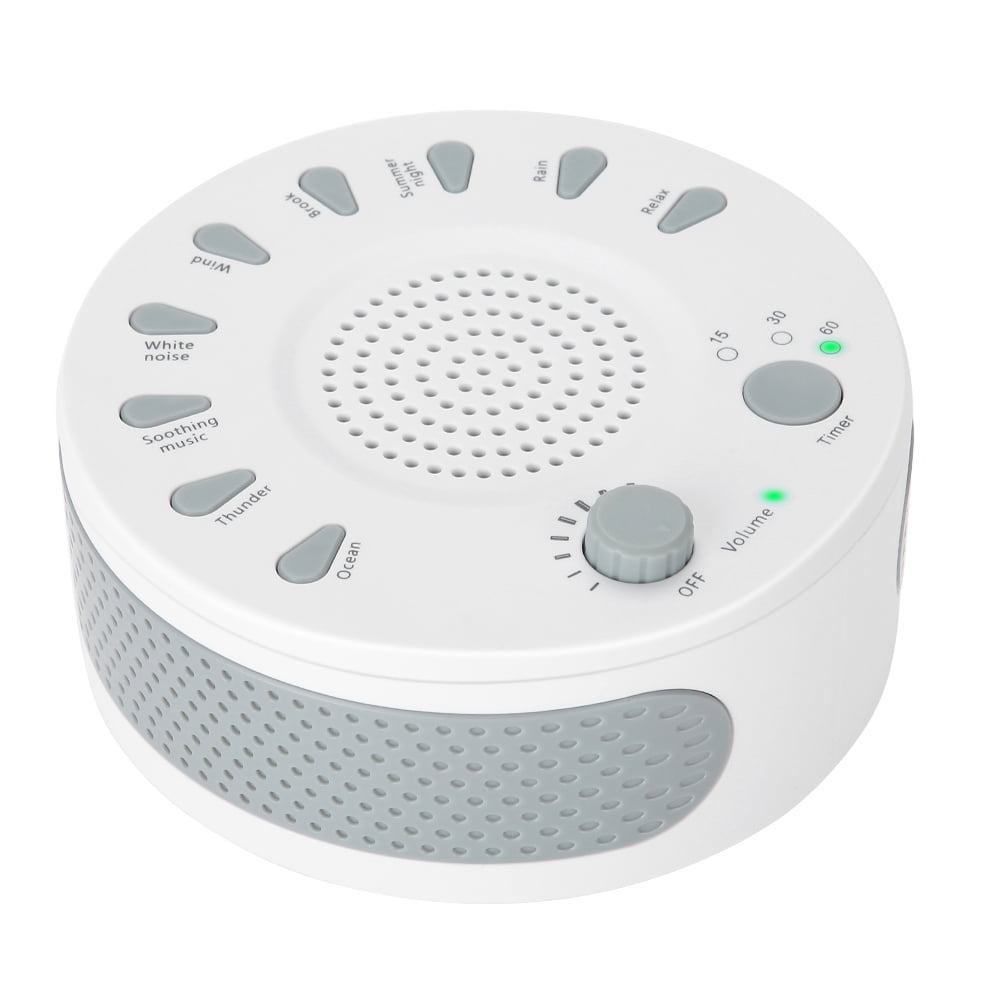

“Sounds exist at different frequencies,” Rohrscheib explains, “and some of these frequencies have been shown by science to help humans relax or concentrate in over-stimulating environments.” “While we’re trying to sleep,” Rohrscheib says, “white, pink, and brown noise not only mask outside noise pollution but also help us ignore our own stressful thoughts that might keep us awake.”Īll audible frequencies played at equal energy/volumeĮnergy is concentrated at mid to lower frequenciesĮnergy is concentrated at lower frequencies Sound machines with white, pink, or brown noise will help with those distractions, too. Even if you are getting your shuteye in the most silent of environments, the racing thoughts inside your mind - like to-do lists, worries, plans for the next day - can keep you from slumber. How Do White, Pink, and Brown Noise Work for Sleep?Ī sound machine might be a boon for anyone’s sleep. Also try to limit use, by turning the machine off after your child nods off, either manually or by using a smart plug that is controlled by an app on your phone. If you are using a sound machine to mask noise for your baby or child, researchers recommend placing the machine as far away from your child as possible, even across the room, and using the lowest volume setting.

Research shows that sound machines, even those designed or labeled for infants, are capable of producing sound pressure levels that could be damaging or hinder hearing development. Parents, however, should be cautious to use the lowest volume setting for little ears. The soothing sounds can mimic the gentle “wooshing” that babies heard in the womb, giving them a sense of familiarity. White noise machines can soothe newborns, who are prone to overstimulation. Though white noise can help anyone who suffers noise-related sleeping issues, many white noise machines are marketed to new parents. Who Can Benefit From Having a Sound Machine? These can muffle or eliminate those attention-grabbers and aid our brains in tuning out and drifting off. The sounds that might help turn down the volume on those distracting sounds are white, pink, and brown noise. “When a new sound occurs, such as a car horn or dog barking, our brains will automatically switch our attention from whatever task we were focusing on to the new, distracting sound.” “Our brains are fine-tuned to pay attention to sudden changes in our environment,” says Chelsie Rohrscheib, Ph.D., sleep specialist and neuroscientist. But in the same way two negatives make a positive, there are types of noise that can make for better sleep by helping block out those problematic sounds - cars outside, noisy neighbors, a bedmate’s snoring - that keeping us from chasing those forty winks.

Usually when you want good sleep, you want to avoid noise.


 0 kommentar(er)
0 kommentar(er)
